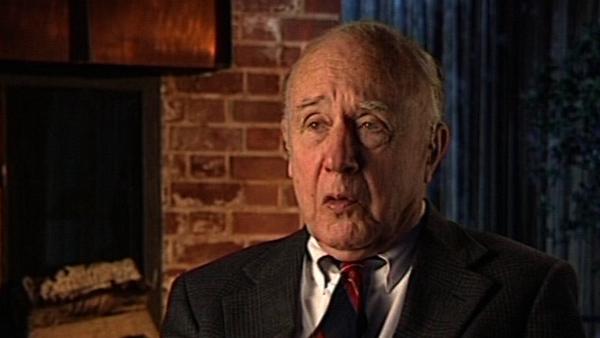NEXT STORY

1967: naming the black hole
RELATED STORIES

NEXT STORY

1967: naming the black hole
RELATED STORIES


|
Views | Duration | |
|---|---|---|---|
| 81. Early resistance to black hole concept and some current thoughts | 492 | 02:46 | |
| 82. Embracing the black hole concept and search for the missing mass | 425 | 03:07 | |
| 83. 1967: naming the black hole | 680 | 02:53 | |
| 84. Feynman and Jacob Bekenstein | 1 | 1219 | 01:18 |
| 85. Rotation of a star | 1 | 388 | 01:57 |
| 86. Entropy of a black hole: Jacob Bekenstein, Stephen Hawking | 853 | 03:41 | |
| 87. Hawking's pair production | 500 | 00:59 | |
| 88. Principle of mutability (Part 1) | 462 | 02:17 | |
| 89. Principle of mutability (Part 2) | 371 | 02:12 | |
| 90. Mach's influence on physics and Kurt Gödel | 712 | 02:43 |


There was always this question about a star, whether a star would crunch. Well, you pile on more and more mass, you shovel more and more gravel onto the surface of the Earth, you make it ultimately massive enough so it will crunch. Can you do anything to stop it? Well, what resists collapse is rigidity, but there's a limit to rigidity, because rigidity of a piano string governs the pitch of the string, rigidity of a steel rod governs the speed that sound will travel down the length of that steel rod. But we knew there's a limit to the speed of light, and therefore there must be a limit to rigidity. And if you factor that line of reasoning in, you see that you can't have a material rigid enough in the interior of a star to keep it from crunching, if you pile on enough mass. So I didn't see any way to escape the idea of a star crunching to a black hole. I've been impressed with my Dutch colleague, Jan Oort, he's no longer living, but he was the dean of astronomers while he lived. All through his life one theme stood uppermost, where is the mass that keeps going? Where is the mass that holds the stars together in the Milky Way? Where is the mass that keeps stars circulating around in tight orbits near the center of the Milky Way? Where is the mass that holds the universe together? And that search for the missing mass is one that goes on today. I'm fascinated by the recent work of our Polish colleague, Bohdan Paczynski, on Gravitational Lensing. He said maybe there's a lot of mass out there in space that we don't see. Stars may have burned out and become dead, they may have collapsed to black holes or maybe just cold, dead stars.
John Wheeler, one of the world's most influential physicists, is best known for coining the term 'black holes', for his seminal contributions to the theories of quantum gravity and nuclear fission, as well as for his mind-stretching theories and writings on time, space and gravity.
Title: Embracing the black hole concept and search for the missing mass
Listeners: Ken Ford
Ken Ford took his Ph.D. at Princeton in 1953 and worked with Wheeler on a number of research projects, including research for the Hydrogen bomb. He was Professor of Physics at the University of California and Director of the American Institute of Physicists. He collaborated with John Wheeler in the writing of Wheeler's autobiography, 'Geons, Black Holes and Quantum Foam: A Life in Physics' (1998).
Duration: 3 minutes, 8 seconds
Date story recorded: December 1996
Date story went live: 24 January 2008